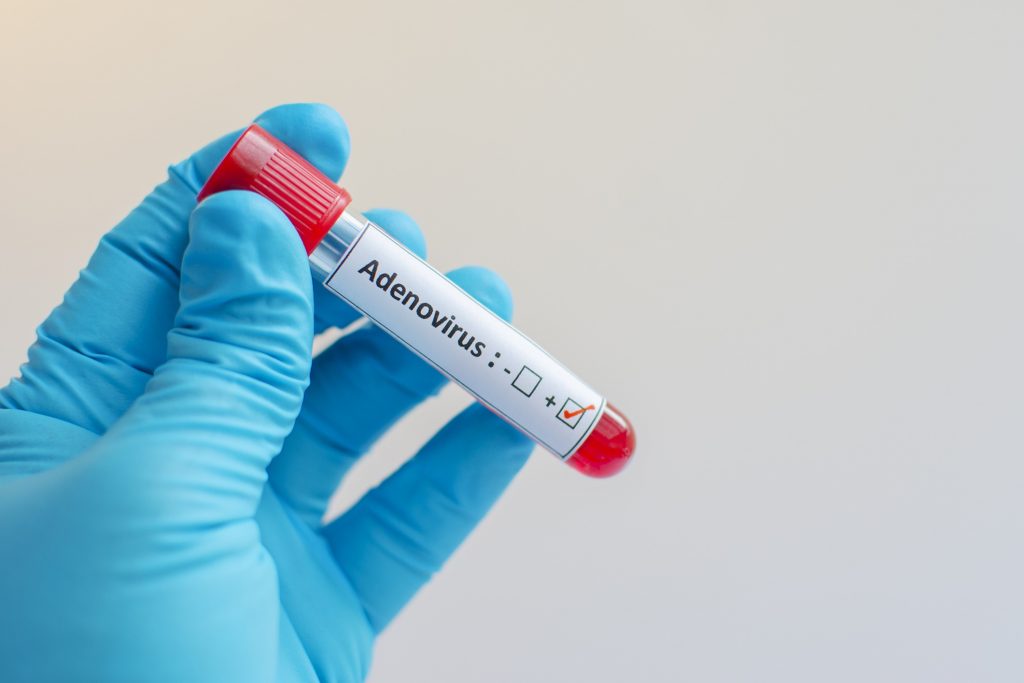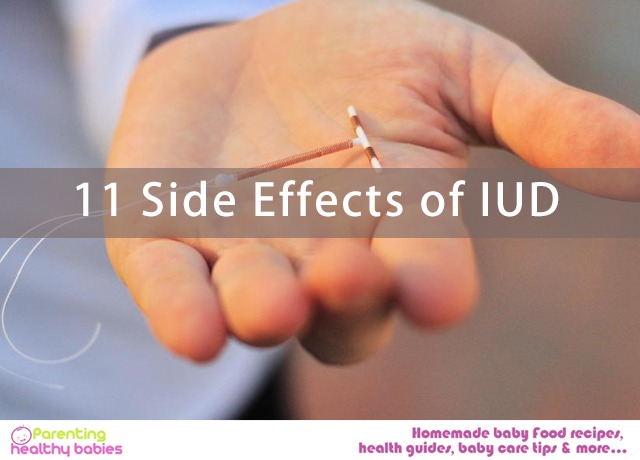Adenoviruses are common viruses by which the lining of your eyes, lungs and airways and intestines can be infected. These groups of viruses also infect the urinary tract and nervous system. Commonly they are known to cause common fever, sore throat, cough and irritation in the throat. Sometimes they also cause diarrhea and pink eye.
These infections are common mostly in children, but adults are also infected by them. The majority of kids will be infected by one type of adenovirus or the other by the time they reach the age of 10 because they are most susceptible to adenovirus.
The scientific Journal Biomedicines in their 2018 report titled “The Repertoire of Adenovirus in Human Disease: The Innocuous to the Deadly” say that it is one of the most common viruses to affect children and adults. These usually have only mild symptoms but if contracted by children or people low immunity they can be fatal. Usually they do not need doctoral treatment and get better on their own.
In this article:
Is it Contagious?
Signs and Symptoms of Adenovirus
When Should You Call the Doctor?
Diagnosis and Treatment
General Things that can Help Your Child
Prevention of Adenovirus
All You Need to Know about Adenovirus Infections in Children
Is it Contagious?
Yes, the bad news for you is these viruses are highly contagious and can spread simply by air. When someone who is infected sneezes or coughs, droplets of fluid containing the adenovirus can fly into the air. Even if your child touches the hand of a person, who is infected, or a toy or a towel or a toothbrush, they can be infected. This is because these viruses are common in places with large groups of kids, such as daycare centers, schools, and summer camps. They’re very contagious. They can spread when someone who’s infected coughs or sneezes. Droplets containing the virus fly into the air and land on surfaces.
Your child can catch the virus when she touches the hand of someone who has it or a toy or other object held by someone who has it and then touches her mouth, nose, or eyes. It spreads quickly with children because they’re more likely to put their hands on their faces.
Adults can get infected while changing diapers, or eating food cooked by someone who didn’t wash their hands well. Unclean and ill-maintained swimming pools can also cause the spread of adenovirus.
Signs and Symptoms of Adenovirus
Although each adenovirus effects in different ways, some common symptoms are:
- Cough, runny nose, fever, a sign of bronchitis
- Barking cough
- Troubled breaths
- Stuffy throat, swollen throat, and swollen glands
According to a report published in BMC Infectious Diseases Journal in 2012, the majority of respiratory problems in children are caused by adenovirus. It also causes conjunctivitis or a pink eye, which is also called adenovirus eye. They cause discomfort in eyes and red eyes. Apart from eye discharge, it also feels like there is constantly some foreign element in your eye. They can also cause ear infections which lead to ear pain and irritability. Stomach and intestinal infections caused by adenovirus cause vomiting, headache, cramps in your stomach and diarrhea.
In more serious cases, the adenovirus can cause brain, spinal and urinary tract damage. In the case of brain swelling (meningitis) and spinal cord swelling (encephalitis), it causes a stiff neck, intense fever, feeling of nausea and vomiting and fever. However, this is rare.
For a urinary tract infection (commonly known as UTI) the symptoms include pain while urinating. Inability to control your urine for a long time, and blood in your urine.
When Should You Call the Doctor?
If your child has any of the above symptoms, it is best to call a doctor. If your child is aged less than 6 months, you should call the pediatrician right away because young children have very low immunity. If your child has had any of the symptoms for more than two days, definitely go see a doctor:
- High fever
- Troubled breathing
- Swelling around eyes, red eyes and eye discharge
- Signs of dehydration (lesser tears or less wet diapers) for children below 2 years
Diagnosis and Treatment
The diagnosis and treatment of adenovirus is relatively simple.
To ascertain whether your child has adenovirus the doctor may do a few physical examinations like blood test, urine sample test, swab test from nose, stool sample test and chest X-ray test. All these samples will be studied and tested in the pathological lab. Those test reports will help the doctor to understand and confirm the adenovirus infection.
For treatment, sadly antibiotics do not help much as antibiotics attack and kill bacteria. Usually, children with average or strong immunity can combat the illness caused by adenovirus on their own in a few days. Separate areas of infection need separate treatment. For conjunctivitis (pink eye) caused by adenovirus, one requires to steer clear of harsh sunlight and dirt while wearing dark spectacles, and eye drops have to be administered. Similarly, UTIs and brain infections require special medication and treatment advised by the doctors.
General Things that can Help Your Child
- Enough liquid intake: As kids lose a lot of water due to fever, vomiting and diarrhea which causes dehydration, water, fruit juice, smoothies, electrolyte solutions like ORS can help.
- To clear congestion from the respiratory tract, help your child blow their nose. If it is an infant, blow their nose and suck out the mucus using a bubble syringe.
- To bring down the fever you can use over the counter medication but it is best to ask the doctor for specific medicines.
Prevention of Adenovirus
- When our children are sick it breaks our hearts. To prevent that:
- Keep your child away from anyone infected or sick.
- Build habits that make them wash their hands every time before meals and cover their noses when they cough or sneeze.
- Keep a hand sanitizer nearby.
- Clean the surfaces of basins and kitchen counters.
- Make sure the pools they swim in are well maintained.
These precautions do not ensure complete safety from adenovirus but reduce its chances of infection by a lot.
References
https://www.ncbi.nlm.nih.gov/pmc/articles/PMC5874687/
https://www.ncbi.nlm.nih.gov/pmc/articles/PMC4591558/













